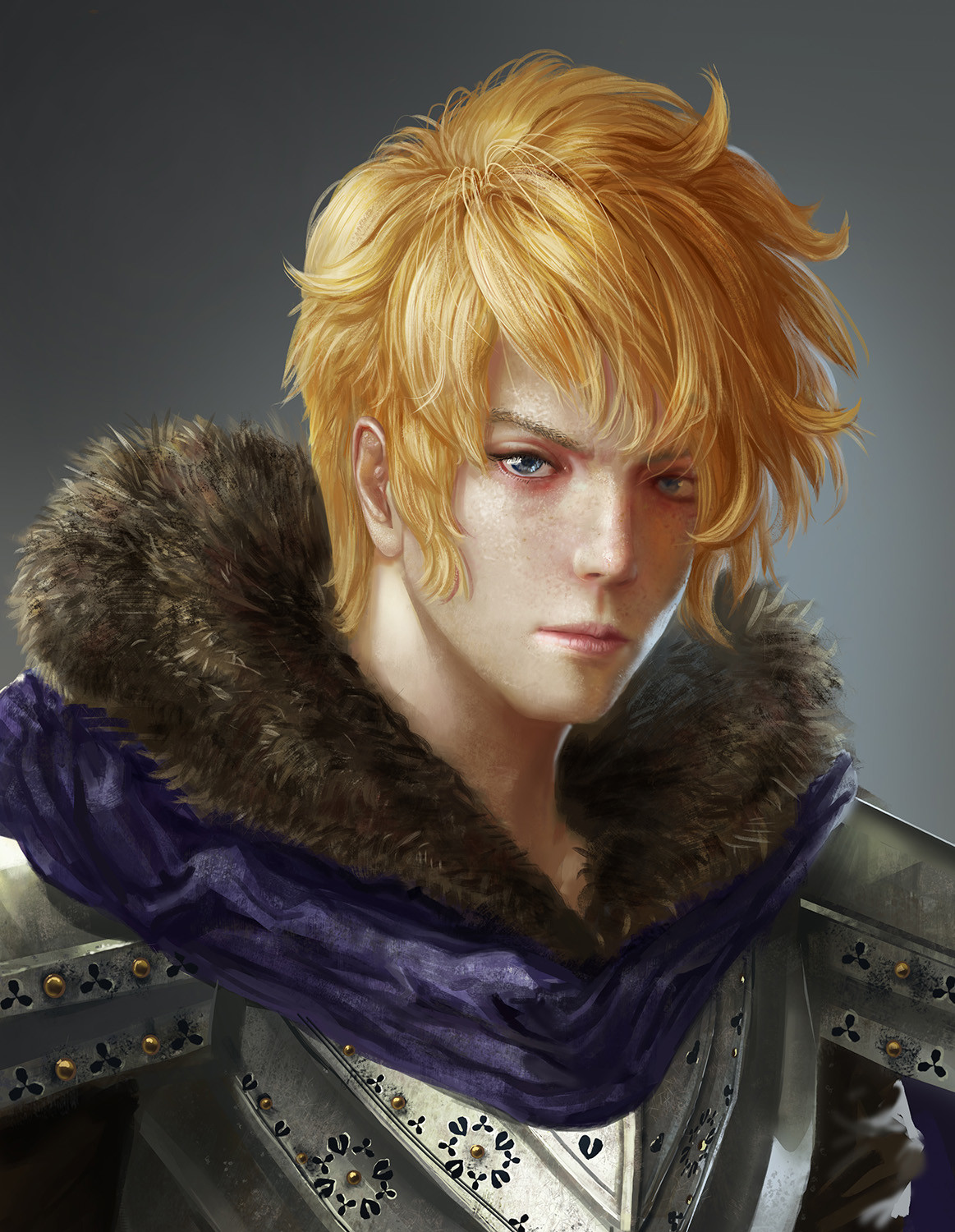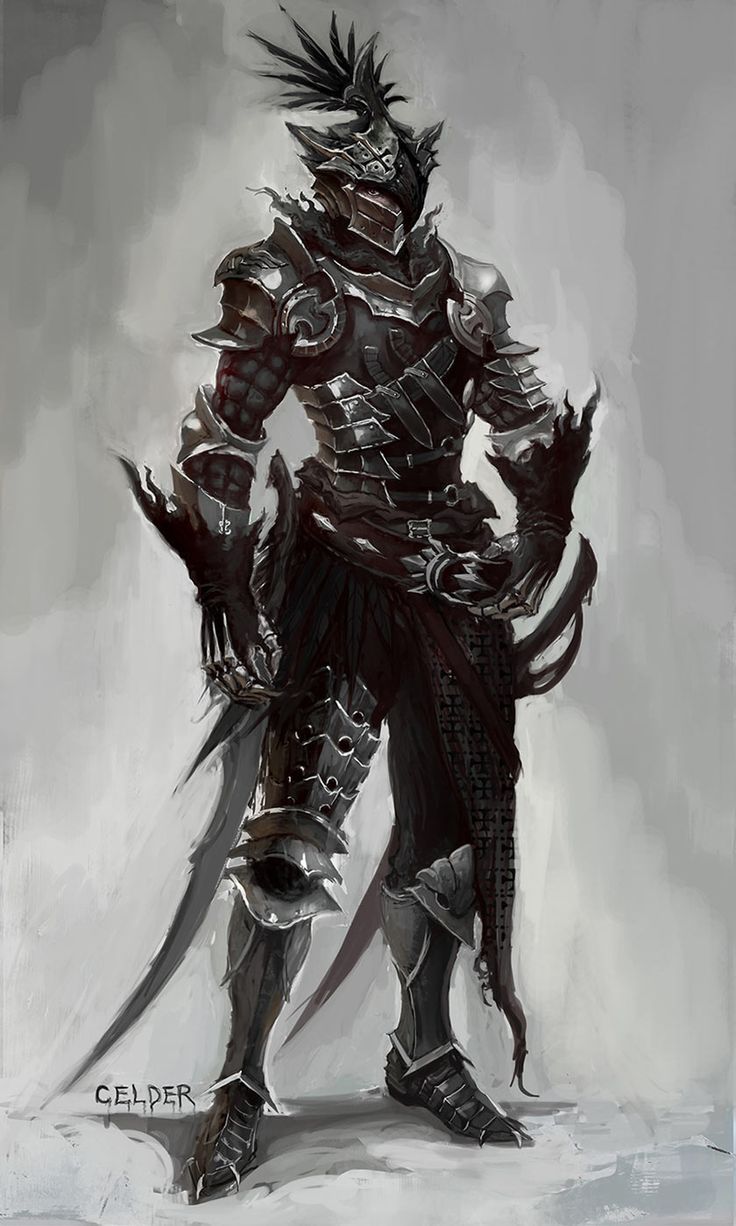 Name
Name: Alexander Myerscough
Physical:
Alexander is not physically tall, but not particularly short in Acitian standards. A man at 167cm high, with a relatively plain facial expression, his most notable feature was probably his blonde hair, a rarity among Acitian. Alexander's body was fairly well-built, earned as a merit from his achievements in one of his most spectacular conquest of the Northern Kingdoms, but as a result, it was full of scars, cursed to burn in his back for the rest of his life.
Equipment:
In stark contrast to the normal expected appearance of a young king, Alexander appears in front of his men in a more militaristic look, with plated armor, worn over white clothings, dark blue cape, and leather boots. However, Alexander does not wear helmets, as he wants to give his men, and his allies the impression that he is unprotected yet still actively participate in the battle. For weaponry, he wields a short gladius sword and a bow for higher ground engagement. On his shoulder plates are two small sculptures of an eagle, a mascot of his Alexander's hierarchy. In battle, Alexander rides on a blackish three meters tall elephant, mounted on all sides with heavy plated armor, addressed as Senshan.
Background:
The youngest yet most feared warlord in the Northern Region of the West Maw, Alexander was born the only heir to the northern Acitian empire under the rule of Queen Gabriel II. The Queen was a noble yet fierce warrior, the widowed woman who was later famous for her significance in uniting all the northern Kingdoms together. Gabriel was a hugely ambitious woman, and told Alexander to keep his fighting serious, and his will ironed. She was Alexander's most influential figure, as Alexander's father, the king, died young in an assassination attempt. Despite being shocked by the lost of her husband, Gabriel decided to use all her courage and strength to unify her own empire, which was plunged into a civil war after the incident. She used all the tactical knowledge, combined with a few of the greatest generals in the Acitian, managed to round up the royal troops and began her epic campaign. After nearly two years, she had unified the country, and was already in preparation for another large conquest.
Alexander was only 12 when the civil war started. The young Acitian prince watched with great admiration as his mother campaigned her greatness, winning victories after victories while ignoring wounds. Gabriel inspired in Alexander curiosity, and a sense of competitiveness, to match against her, his only family member left; that he must be able to outshine his mother. When he was 14, late in the civil war, he was drafted in the Acitian army, and once fought against the rebelled bandits.
During the time, Alexander was obsessed with the thought of outdoing his mother, engulfed in studying swordmanship, horsemanship and most importantly, the art of war. He had gained himself a ginormous amount of understandings about tactics, and soon earned his first victory in a commanding position when he was 19 years old. At the time, the prevailing tactical orthodox was to place the cavalry onto the flanks and engage with other flanks, in hope that the cavalry will break through and envelope the opposing side, but caused the battle to be totally reliant on the skills, bravery, morales and most importantly, numbers of the two sides. Alexander soon realized this weakness, and instead used an inverse tactic, in which the heavy cavalries were massed at the center, while lighter cavalries were freelancers, moving around to harass enemy troops, allowing the heavy cavalry to break through, breaking their entire command structure. It proved extremely effective in his first battle and later on, earning him unparalleled success in his later conquests.
When he was 20, he joined his mother on the conquest to destroy the Arcolite Empire, one of the largest empire in the Northern Region, and its allied vassal states. But as the campaign was going on well, his mother fell dead due to a sudden stroke. With him being the only heir to the throne, while attending his mother's funeral, Alexander was proclaimed king of Acity right on spot, under the title, Alexander I.
He began his reign by solidifying his own rule by strengthening the empire's economy by acquiring many administrators and governors, deviding his empire into small pieces of lands for them to rule, and sparked competitiveness within the rulers, while continuing the campaign that his mother had left behind. An extraordinary campaign raged on, and in a matter of over three years, the new Acitian king had conquered the entire vast, Northern Region, as well as bringing down the huge Arcolite empire to his knees. Then, he began to settle down and deal with the small rebellious tribes while continuing to strengthen his own throne.
Alexander was a man who adored peace and tranquility, to the point that he even forced it upon his citizens. While he let up on small protests and parades, major ones that could potentially turn into a riot or an armed conflict would be subjugated very quickly. And the tribes and vassal states that dared to opposed his reign was forced to pay a special annual tax that could only be lifted after five years, and could only be lifted once. If a tribe continued to be rebellious, they would have to pay that tax forever. Despite this, Alexander was a decent ruler, and a great general who values honour and dignity.
When the news of the assembly of the Alliance, and the imminent invasion of the ever growing Sylver Empire over East Maw, Alexander knew that he would have to take action. He trusted the empire to a loyal and experienced military and political ruler, who was also his childhood friend, to strengthen his army in preparation for a huge-scale war while Alexander himself began assembling a small task force to join the call-to-arm of the Allied Kingdoms. Although his decision to personally go and fight the Sylver under heavy odds was strongly opposed, as he had yet to produce an heir to the throne just yet, the Acitian king replied: "Acity will need strong generals. If I die, I die. If you die, this empire dies." He was then joined by William, an old and seasoned general who once served under Gabriel, and his young daughter, Arturia, the leader of the royal knights.
Faction: Acity Empire
A vast northern empire that stretches over 10000 kilometers that was once divided among over twenty rulers, only to be unified by the efforts of Queen Gabriel II and her son, King Alexander I. The far northern part, where the original Acity Empire was a cold and dry land, with snow being a frequent sight, while the southern part, where the former Arcolite Empire once stood, the weather was more stabilized, a lot warmer, with forests and grass hills dominating the landscape.
The original Acity Empire was a lot smaller than the current one, only one-eighth of its present size. Several of its manifesting industries at the time was fishing and trading, thanks to its dominance in the taming and use of wild animals. Horses were one of the primary means of transport, which did not come as a surprise when Acitian cavalries struck fear within their enemies. But perhaps the greatest power of the Acity empire came from their military. Being an empire constantly harassed by the Northern barbaric tribes by not just means of looters, but also armed militants, so they had had decades developing their military in preparation for any incoming attacks.
After the great conquest of Queen Gabriel II and later King Alexander I, the power of Acity reached its peak, with wealths pouring in from the taxes that Alexander had imposed on the rebellious tribes. Under the few years rule of Alexander, the people were rather 'forced' to enjoy peace, as Alexander had absolute no tolerance to armed hostility. Any tribes that rebelled against the Acitian King would then be subjugated, crushed and was then imposed an heavier tax. Cultural exchanges between the Arcolites and the Acitian were also made possible under Alexander, and several of their Eastern-like cultures and traditions were migrated into Acity. It was also thanks to the conquering of the Arcolite did Alexander decide to implement war elephants into his military, as he was impressed by his sheer size and effectiveness.
Command:
King Alexander I deploys a total number of 20 formidable war elephants, in which he was granted command after conquering the Arcolite Empire. They tower three meters in height and have wooden castle like structures being placed on their backs where four warriors and a guider would be housed. The elephants themselves have huge spiked gauntlet attached to their tusks and trunks so that they can inflict more damage on the enemy. The four warriors are armed with bows or javelins as their main weapons, and use a variety of long pole weapons as secondaries so that they can stab stragglers that somehow managed to survive the elephant onslaught. The front of the elephant is covered with spiked armor in order to protect the animals while dishing out more damage as they attack. The four feets of the elephants are covered with cloths to avoid accidents while fighting on slippery cliff of the Maw. The elephants are rather slow, but they are tough, and a coordinated elephant charge can prove very devastating to the enemy, even if they are well-trained. The Acitian troops have molded these elephants so that they are no longer afraid of fire or sudden sound, but if they get severely wounded, they can panick and try to escape to a safe place, trampling their own allies in the process. Despite this, war elephants' advantage have outweigh the disadvantages, and Alexander find their roles too significant to leave them out. Joining the elephants are 50 heavy cavalries, armored and equipped with lances.
Accompanying these animals are a force of 150 light cavalry and horse archers, consisting of less experienced soldiers or mercenaries of ethnic groups in the Northern regions. They are not heavily armored, and not very well-trained, but can have some use in the battlefield, especially in assisting the main body of Alexander's troops, which is the elephant. The light cavalry are armed with sabers and light spears while the horse archers are equipped with regular bows. There are some special cases of horse archers using crossbows, but their roles are not very significant.
Last but not least, is a force of 100 royal knights. They are the experienced one, battle-hardened after years of conquest under Alexander's rule. They fight on foot and are equipped with teardrop shaped shield, along with a long one-handed sword, protected by silver armored platemails and helmets. Their role in the army is also significant, as they are capable of gaining the upper-hand by using different kinds of formations and by their rigorous training. They are also rumored to once stop a well-coordinated cavalry charge with only their swords only. However, this is myth only.
Command is split between Alexander and his two generals, William and Arturia. Alexander takes command of his powerful heavy cavalry and war elephants, William controls the light cavalries and horse archers, and Arturia takes the knights.






















